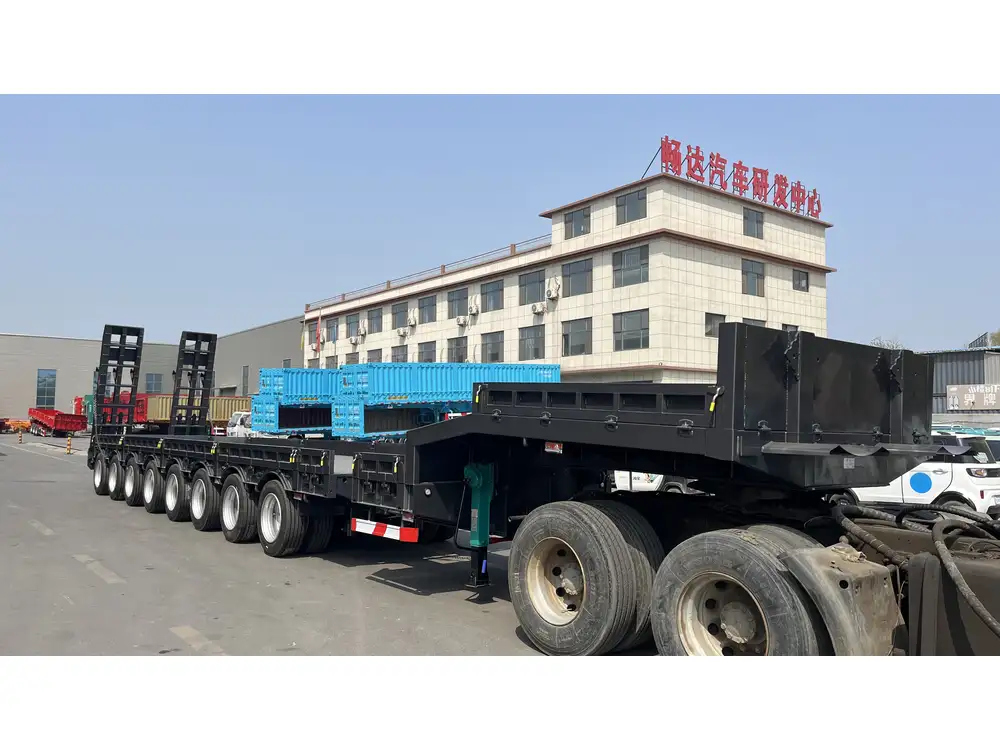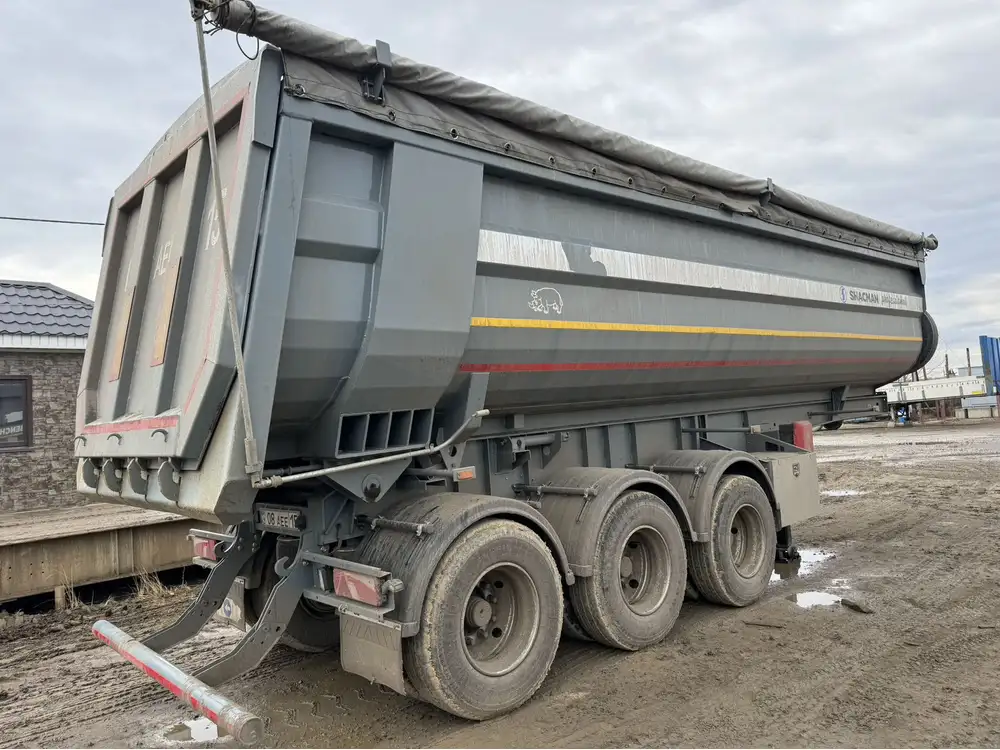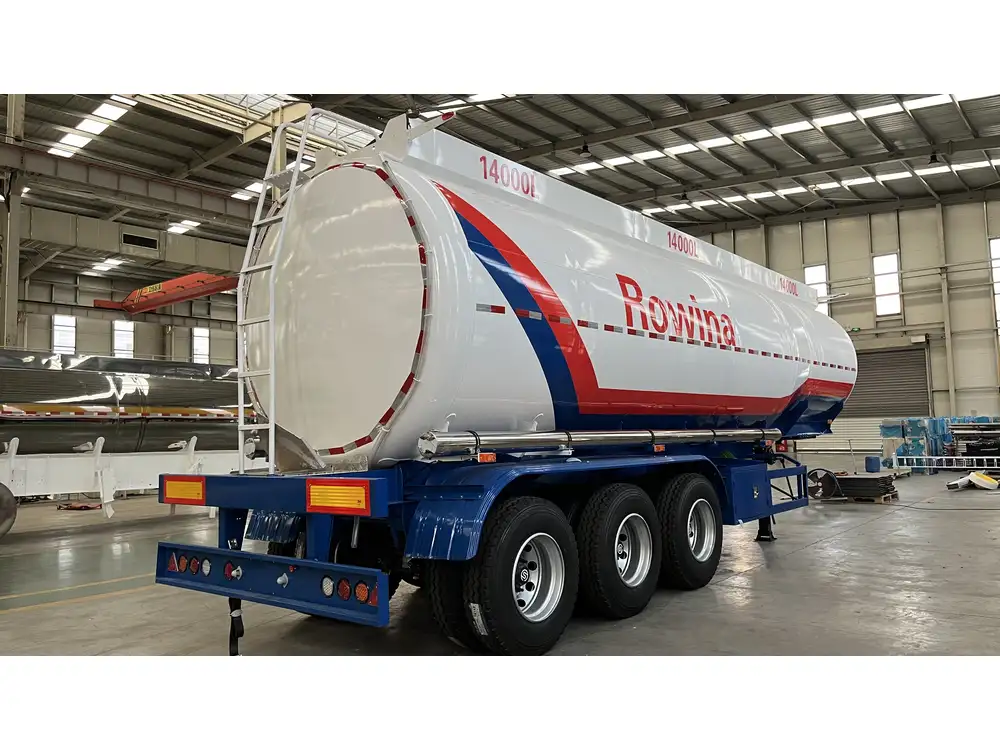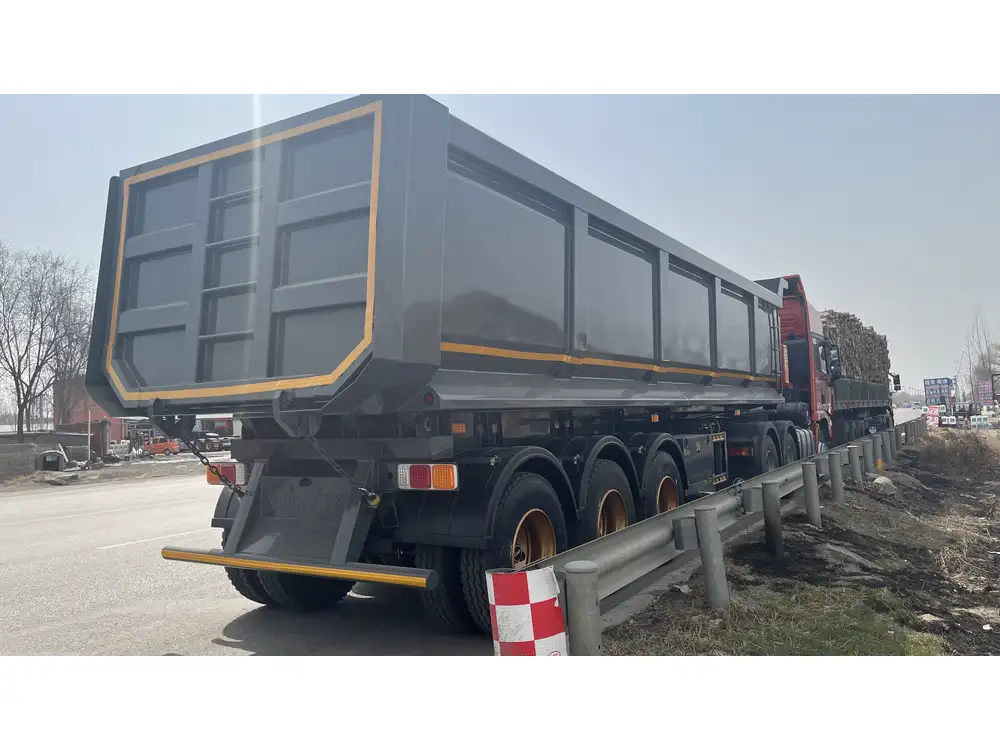When it comes to the transportation industry, one of the most common questions trailer manufacturers and operators face is, “How tall can a trailer be?” The answer is nuanced, depending largely on federal and state regulations, trailer design, and specific application purposes. In this comprehensive guide, we will explore the regulatory frameworks governing trailer height, the implications of exceeding these limits, and practical tips for manufacturers and customers to ensure compliance while optimizing usage.
Regulatory Framework: Understanding the Dimensions
Federal Regulations: Setting the Standard
In the United States, the Federal Highway Administration (FHWA) establishes regulations that govern the height of commercial trailers. According to the Code of Federal Regulations (CFR), the maximum height for trailers transported on public roadways is 13 feet 6 inches (4.1 meters) from the ground to the top of the load. This standard is integral to vehicle design, routing, and operations to ensure safety and congruity across state lines.
| Regulatory Body | Maximum Height |
|---|---|
| Federal Highway Administration | 13 ft 6 in (4.1 m) |

State-Specific Regulations: Variances and Exceptions
While federal standards create a baseline for trailer height, individual states can impose their own regulations based on local infrastructure, including bridges and overpasses. Consequently, there can be substantial variance, with some states allowing for higher clearances under specific conditions.
Key Takeaways:
- Always check state regulations when planning transport routes.
- Over-dimensional permits may allow temporary extensions for specific loads.
Designing to the Height Limit: Considerations for Manufacturers
With the maximum limit set firmly, how do manufacturers design trailers that remain compliant while meeting customer needs? Here are some crucial design considerations:
Aerodynamics and Efficiency
Trailers that approach the maximum height limit must balance height with aerodynamics. A streamlined design can enhance fuel efficiency — a significant concern for fleet operators. Manufacturers should consider the following design elements:
- Sloped roof designs: These can minimize wind resistance.
- Side skirts: Effective in reducing drag, contributing to a better overall height-to-efficiency ratio.

Load Distribution and Center of Gravity
Ensuring that the load does not exceed height limits is essential, but so is maintaining a safe center of gravity. Any load structure must be designed to distribute weight effectively, reducing the risk of tipping:
| Load Characteristics | Best Practices |
|---|---|
| High Profile Loads | Use securing methods for stability |
| Long Loads | Utilize extended trailer configurations |
Innovative Materials and Construction Techniques
Utilizing lightweight materials such as aluminum can help achieve stability without compromising height. Additionally, employing advanced structural engineering techniques ensures that the trailer can support its maximum load while maintaining compliance with height restrictions.
Common Myths About Trailer Height

Myth 1: All Trailers Can Extend Beyond 13’6″
Many believe that if a load exceeds the stipulated height, it can automatically qualify for an exemption. In reality, special permits are needed to carry over-height loads, which typically come with additional costs and regulations.
Myth 2: Interior Height Equals External Height
Trailer operators should note that the maximum internal height does not influence overall external dimensions. The trailer’s design must still adhere to federal and state regulations regardless of its interior configuration.
Myth 3: Height Regulations are the Same Worldwide
Height regulations vary across countries. For instance, in Europe, the height limit for trailers can be up to 4 meters (13ft 1 in). Operators transporting internationally must familiarize themselves with the varying laws.

Impact of Exceeding Trailer Height Limits
Legal and Financial Repercussions
Transporting an over-height load can lead to legal consequences, including fines, detainment, and extensive rerouting. Moreover, repeated violations may result in severe penalties or loss of operating licenses.
| Consequence | Details |
|---|---|
| Fines | Can vary from state to state, often escalating for repeat offenses. |
| Rerouting | May involve significant delays and additional logistics costs. |
| Equipment Damage | Exceeding height limits can lead to accidents, damaging both the cargo and the trailer. |
Safety Implications
Beyond legal matters, exceeding height regulations can pose significant safety risks, such as:
- Collision with overhead structures.
- Increased likelihood of rollover accidents due to improper weight distribution.

Best Practices for Trailer Height Compliance
To optimize operations while ensuring compliance with height regulations, manufacturers and operators should adhere to the following practices:
Proper Load Securing
Using straps, chains, and tarps to secure the load properly will help maintain compliance. It’s crucial to use equipment that can withstand the expected forces during transit without leading to height violations.
Regular Checks and Measurement
Implementing routine checks on the trailer height during loading and before departure helps ensure operators comply with regulations continuously. Consider the following tips:
- Utilize laser measuring tools for precision.
- Train staff to measure and verify load heights consistently.

Use of Technology
Modern technology can be a powerful ally in monitoring trailer height. Employing telematics systems can provide real-time data on load metrics and trailer dimensions, allowing for proactive management before hitting the road.
| Technology Implementation | Benefits |
|---|---|
| Telematics Systems | Continuous monitoring & alerts for height compliance. |
| Load Sensors | Automated data collection on load distribution. |
Industry Trends Impacting Trailer Height
As we advance, industry evolution influences trailer design, capacity, and regulations.
Electric and Autonomous Vehicles
The rise of electric and autonomous trucks necessitates re-evaluating optimal trailer height standards to maximize load efficiency while integrating advanced technologies for safety.

E-commerce Growth: Bigger Isn’t Always Better
With the boom in e-commerce, there is an increasing demand for different types of trailers. This demand often places pressure on complying with height regulations as businesses seek to maximize payload without surpassing legal limits.
Sustainability in Trailer Design
Increasing focus on sustainability dictates that manufacturers adopt newer, eco-friendly materials and designs. This often aligns with creating lighter trailers which, while being under the maximum height allowance, support higher payload capacities.
Final Thoughts: Navigating the Complex Landscape of Trailer Height Regulations
As a trailer manufacturer committed to delivering top-quality products while ensuring safety and compliance, an understanding of height regulations is integral to our operations. By adhering to federal and state guidelines, employing innovative design techniques, and utilizing advanced technology, we can produce trailers that not only meet the height requirements but also excel in performance, efficiency, and safety.
The industry constantly evolves, and staying ahead means continuously monitoring regulations, market trends, and best practices. Embracing these principles guarantees that we serve our clients effectively, ensuring their trailers are on the leading edge of compliance and performance.
By understanding how tall a trailer can be and the associated implications, we can all contribute to safer and more efficient transportation, ensuring that loads reach their destinations without issue. As we move forward, let’s prioritize knowledge, diligence, and innovative solutions in our operations.



